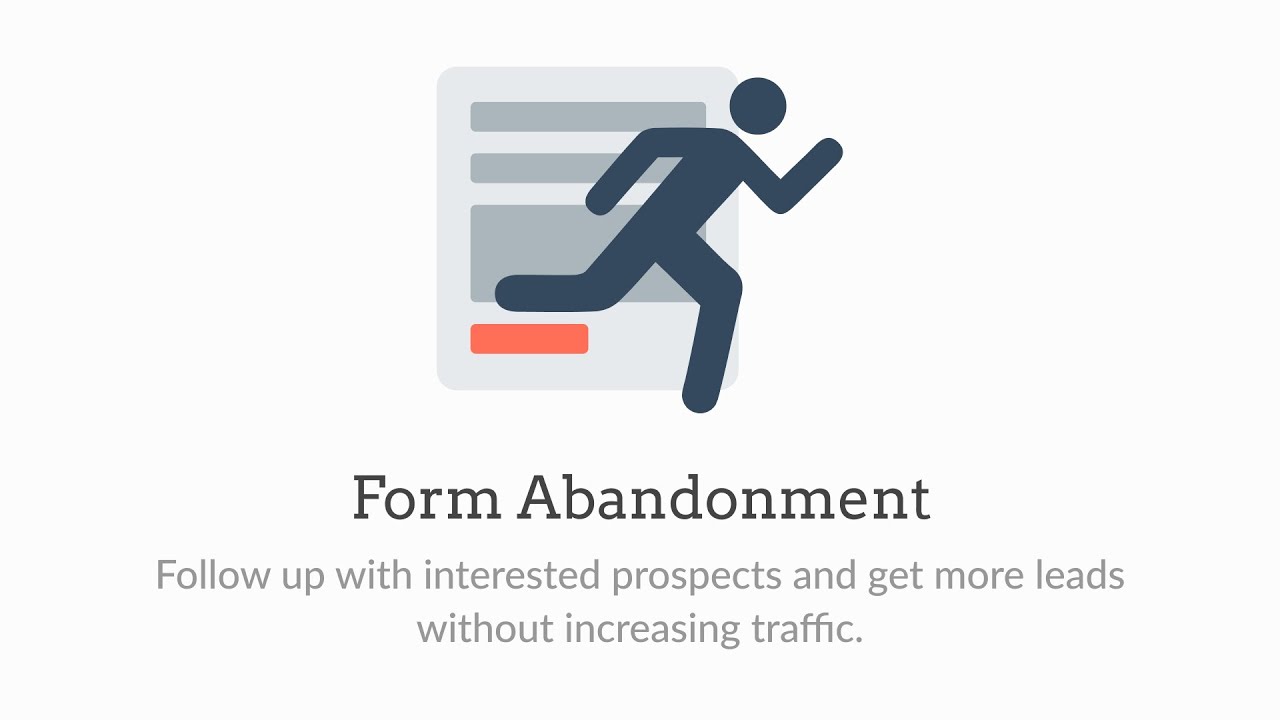Email marketing has come a long way since the first email was sent in 1971. In the early days, email was primarily used for communication between individuals, but as the internet grew, businesses began to see the potential of email as a marketing tool. The first email marketing campaign was sent in 1978 by Gary Thuerk, a marketer at Digital Equipment Corporation. Since then, email marketing has evolved into a sophisticated and effective way for businesses to reach their target audience.
Today, email marketing is one of the most popular and effective forms of digital marketing. According to a study by Campaign Monitor, email marketing has an ROI of 4400%, meaning that for every $1 spent on email marketing, businesses can expect an average return of $44. In addition, email is still the preferred method of communication for many consumers, with 72% of people saying that they prefer to receive promotional content through email.
The Power of Personalization in Email Marketing
Personalization is key to the success of any email marketing campaign. Consumers are bombarded with hundreds of emails every day, so it’s important to make your emails stand out from the crowd. Personalized emails have been shown to have higher open and click-through rates than generic emails.
To personalize your emails effectively, you need to collect data about your subscribers. This can include their name, location, purchase history, and browsing behavior. You can use this data to segment your list and send targeted emails based on each subscriber’s interests and preferences.
In addition to personalizing the content of your emails, you can also personalize the subject line and sender name. Using the subscriber’s name in the subject line can increase open rates by up to 26%, while using a recognizable sender name can increase trust and credibility.
Email Marketing and the Rise of Mobile Devices
The rise of mobile devices has had a significant impact on email marketing. According to a study by Litmus, 54% of all emails are now opened on mobile devices. This means that businesses need to ensure that their emails are mobile-friendly and easy to read on a small screen.
To create mobile-friendly emails, you should use a responsive design that adapts to the size of the screen. This means that the email will look good on both desktop and mobile devices. You should also use a clear and simple layout with large fonts and buttons that are easy to tap on a touchscreen.
Another best practice for mobile-friendly emails is to keep the content short and sweet. Mobile users have shorter attention spans than desktop users, so you need to get your message across quickly and concisely.
The Role of Email Marketing in Building Customer Relationships
Email marketing is an effective way to build and maintain relationships with your customers. By sending regular emails with valuable content, you can keep your brand top-of-mind and establish trust and credibility with your subscribers.
One way to build relationships with your subscribers is to send personalized welcome emails when they first sign up for your list. This can include a special offer or discount code as a thank-you for subscribing.
Another effective strategy is to send regular newsletters with industry news, tips, and advice. This shows your subscribers that you are an expert in your field and that you care about their success.
Finally, you can use email marketing to stay in touch with your customers after they make a purchase. Sending follow-up emails with product recommendations or asking for feedback can help you build loyalty and turn one-time customers into repeat customers.
Email Marketing and the Importance of Data Analytics
Data analytics is essential for optimizing your email marketing campaigns. By tracking metrics such as open rates, click-through rates, and conversion rates, you can identify what’s working and what’s not.
One way to use data analytics is to A/B test different elements of your emails, such as the subject line, call-to-action, or layout. By testing different variations and measuring the results, you can optimize your emails for maximum effectiveness.
Another way to use data analytics is to track subscriber behavior and preferences. This can include which links they click on, which products they purchase, and how often they open your emails. You can use this data to segment your list and send targeted emails that are more likely to resonate with each subscriber.
Email Marketing and the Integration with Social Media
Integrating email marketing with social media can help you reach a wider audience and increase engagement with your brand. One way to do this is to include social sharing buttons in your emails, allowing subscribers to easily share your content on their social media profiles.
Another strategy is to use social media to grow your email list. You can promote your email newsletter on your social media profiles and encourage followers to sign up for exclusive content or special offers.
Finally, you can use email marketing and social media together to create cross-channel campaigns. For example, you could send an email promoting a social media contest or offer a special discount code exclusively for your social media followers.
Conclusion: The Future of Email Marketing in 2023 and Beyond
The future of email marketing looks bright, with new technologies and strategies emerging all the time. One trend that is likely to continue is the use of personalization and segmentation to create targeted and relevant emails.
Another trend is the use of artificial intelligence (AI) and machine learning to optimize email campaigns. AI can be used to analyze data and make predictions about which emails are most likely to resonate with each subscriber.
Finally, we can expect to see more integration between email marketing and other digital channels such as social media, SMS, and chatbots. By creating seamless cross-channel experiences for customers, businesses can increase engagement and build stronger relationships with their audience.
To prepare for the future of email marketing, businesses should focus on collecting and analyzing data, experimenting with new technologies and strategies, and staying up-to-date with the latest trends and best practices. By doing so, they can continue to use email marketing as a powerful tool for reaching and engaging their target audience.




